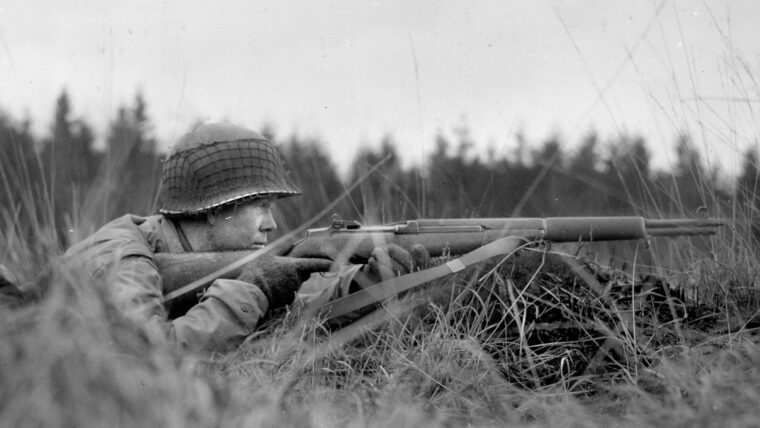
D-Day
From Omaha Beach to Victory
By Ralph and Mark PuhalovichRalph Puhalovich was born on April 17, 1925, in Oakland, California, to Flora and Ivan Puhalovich. Read more
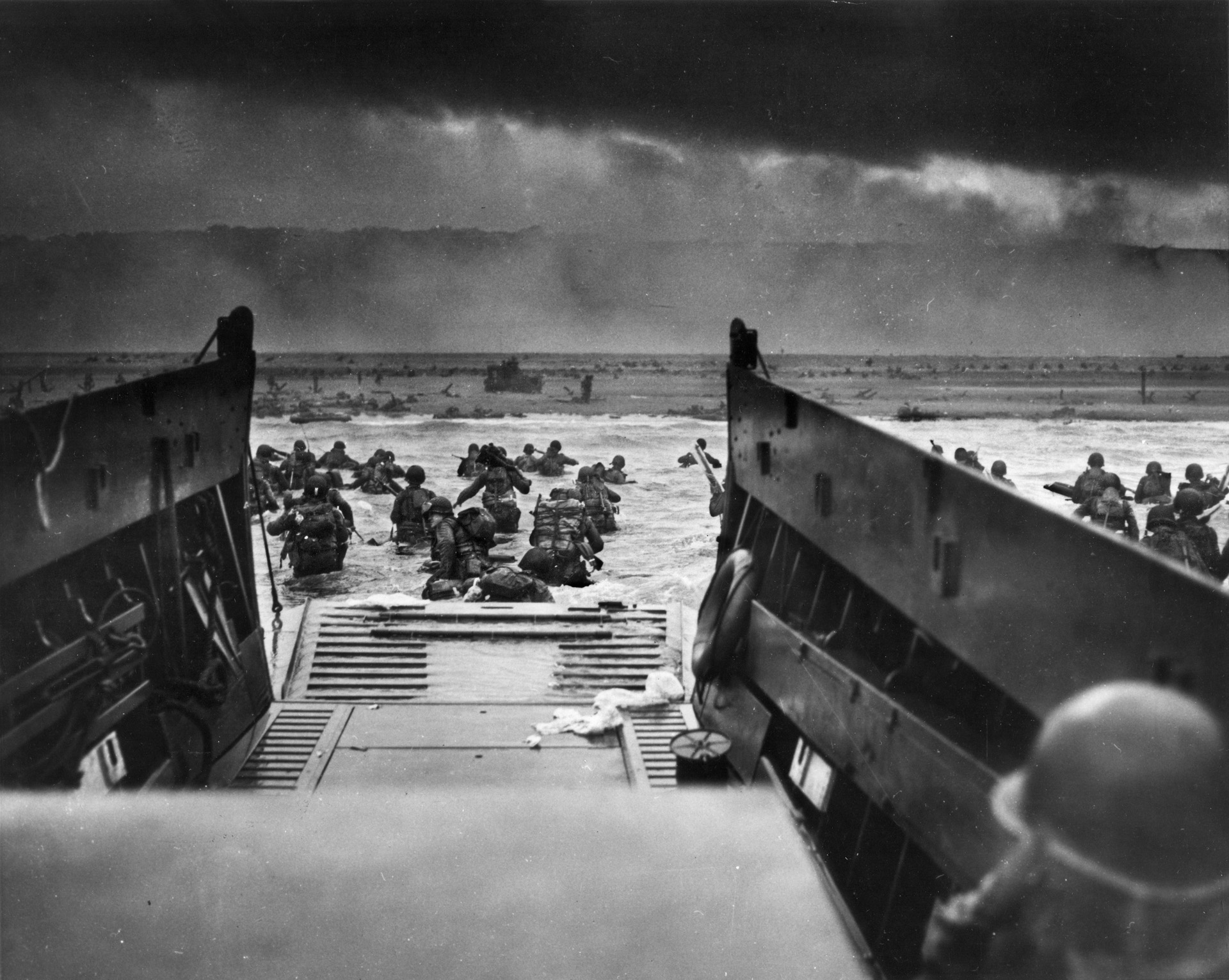
Code named Operation Overlord, the D-Day Invasion occurred on June 6, 1944, as elements of five Allied infantry and three Allied airborne divisions assaulted the Normandy coast of Nazi-occupied France during World War II. Under the overall command of General Dwight D. Eisenhower, the landings on Gold, Juno, Sword, Utah, and Omaha beaches succeeded in establishing a foothold on the continent. Following an arduous campaign in Normandy and savage fighting across the German frontier, troops of the Western Allies met the Soviet Red Army, advancing from the East, and Nazi Germany surrendered on May 7, 1945.

D-Day
Ralph Puhalovich was born on April 17, 1925, in Oakland, California, to Flora and Ivan Puhalovich. Read more
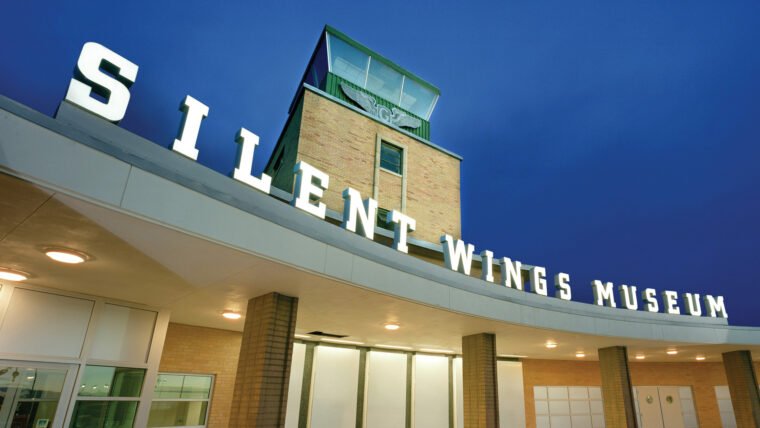
D-Day
During World War II, the use of airborne forces to “vertically envelop” the enemy went from an untested theory to a major part of offensive tactics, first for Germany and then the Allies. Read more
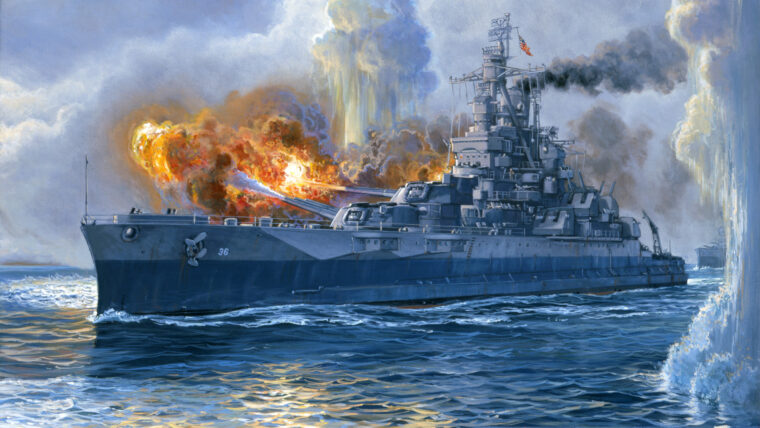
D-Day
I am of Polish, Irish, and American Indian descent and grew up in the small (population 3,800) northern Illinois town of Geneva. Read more
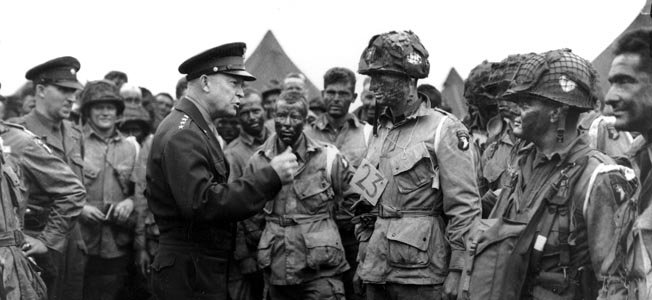
D-Day
In an effort to calm his nerves just before he jumped into Normandy on D-Day, Lud Labutka thought it might be a good idea to accept the drink being offered from the paratrooper sitting across from him on their C-47 transport as it crossed the English Channel. Read more
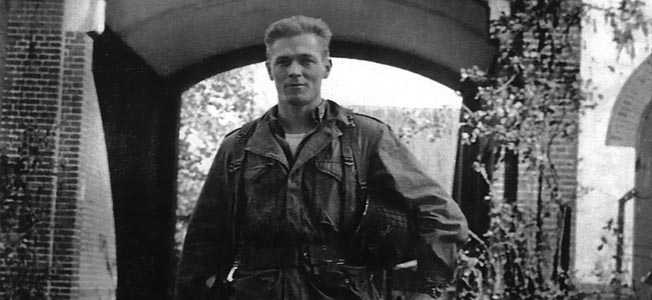
D-Day
Something about the series Band of Brothers struck a chord with television viewers all over the world. Read more
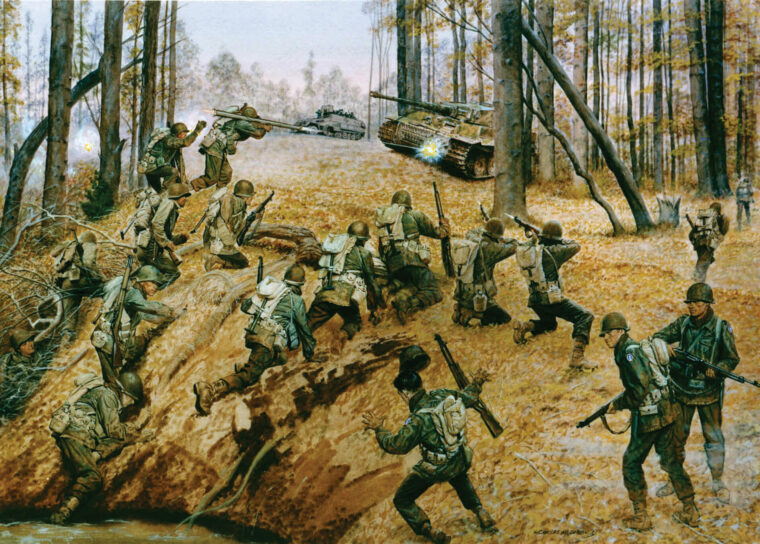
D-Day
(Scott McGaugh, Da Capo Press, Boston, 2016, 257 pp., Read more
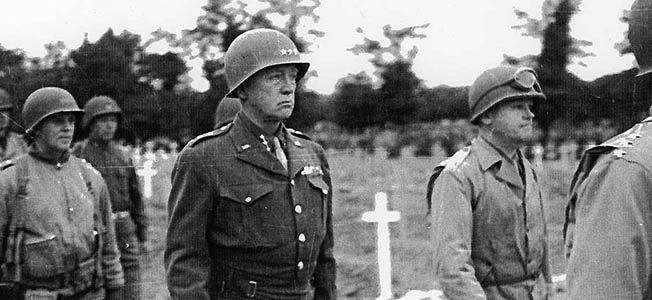
D-Day
This picture was taken by Army Pfc. Sidney Gutelewitz roughly a month after the D-Day Invasion, according to the Los Angeles Times. Read more
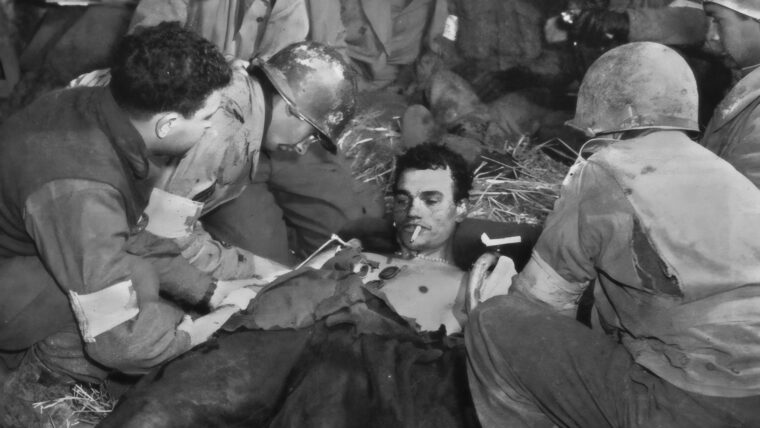
D-Day
In an age before television and instant communications, Americans wanted to see what was going on in the world’s “deadliest conflict in human history,” and LIFE magazine was making a name for itself as THE war magazine during World War II. Read more
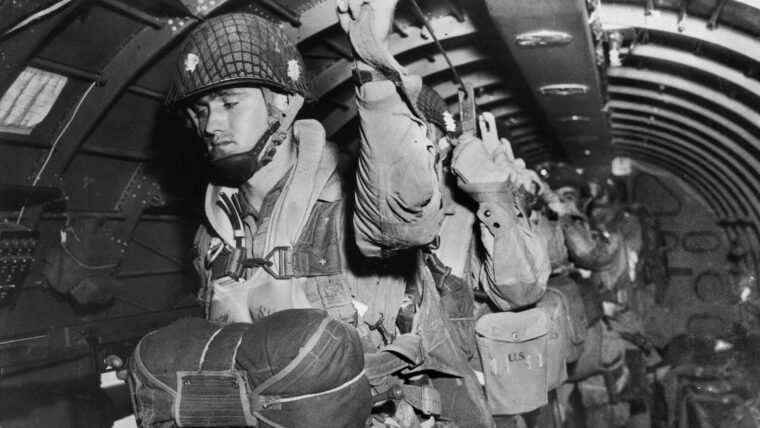
D-Day
Some 16 million Americans served during World War II, and tens of thousands of sons of the State of Louisiana served in every branch of the U.S. Read more
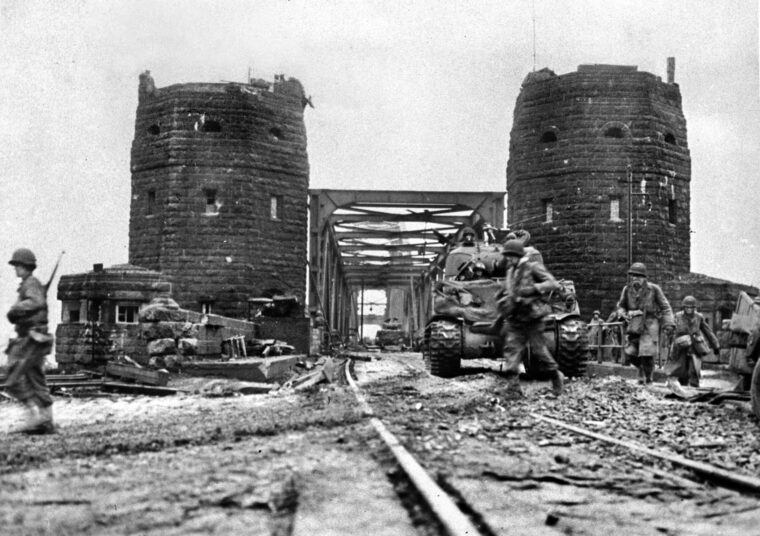
D-Day
On a cold March evening in the Goldenrod Café in West Point, Nebraska, Mary Timmermann, a waitress there, picked up the telephone receiver when her boss told her it was Omaha calling long distance for her. Read more
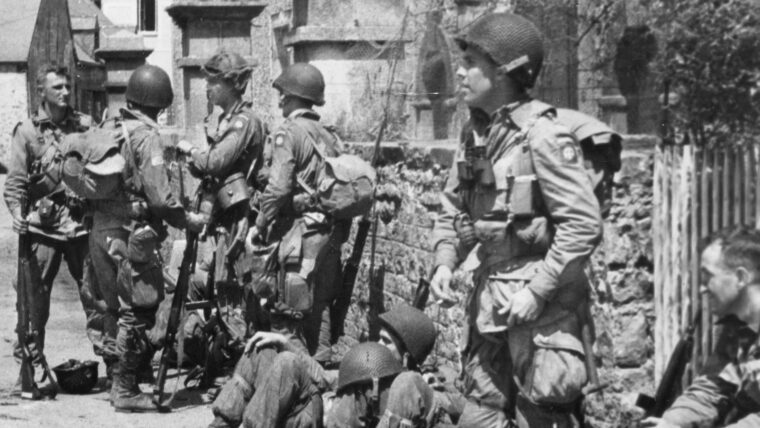
D-Day
“The lieutenant said for everyone to lay your arms down,” a fellow paratrooper told Pfc. Bob Nobles, who had been fighting for six grueling days in the hedgerows following his unit’s jump into Normandy. Read more
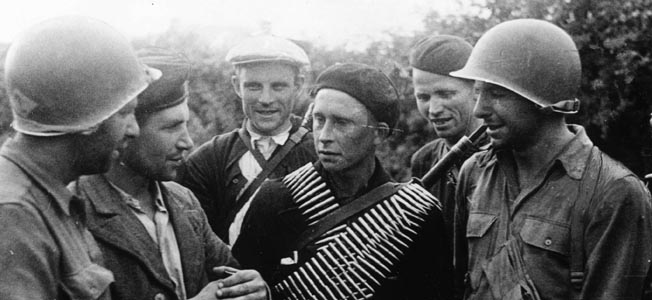
D-Day
Major General John K. Singlaub was a young airborne lieutenant when he took up an offer from the Office of Strategic Services (OSS) to become engaged in “hazardous duty behind enemy lines.” Read more
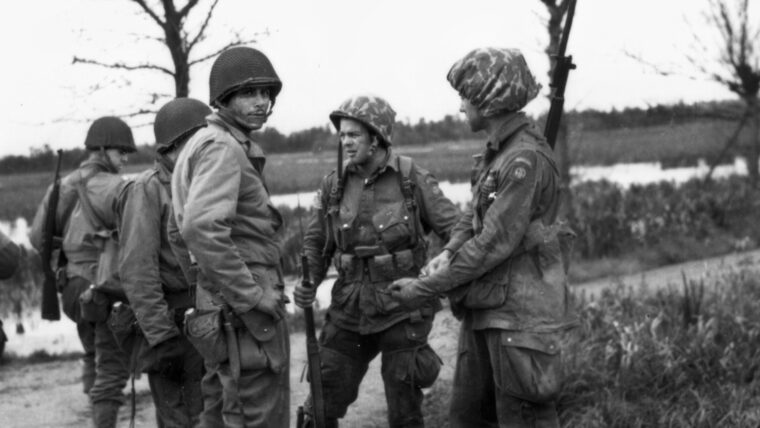
D-Day
When we remember the 13,000 paratroopers and glider infantrymen who contributed so significantly to the hard-won success of June 6, 1944, we tend to remember the stories that leave us with something to admire. Read more
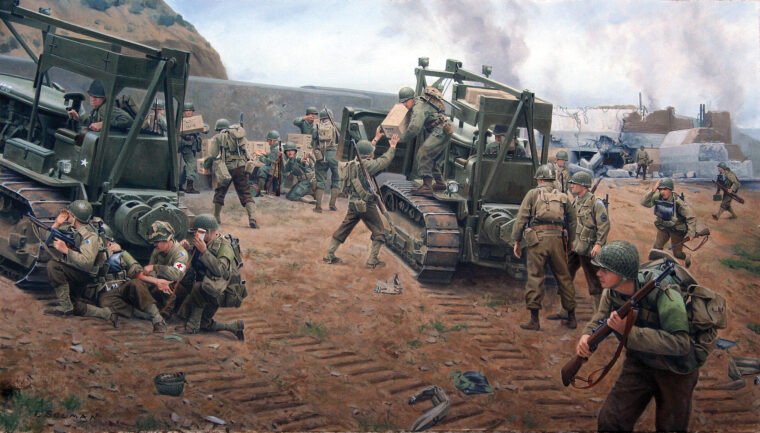
D-Day
Shortly after 8 am on June 6, 1944, a German officer overlooking the Vierville-sur-Mer Draw on Omaha Beach reported that the soldiers defending the beach were repelling the Americans: “The enemy is in search of cover behind the coastal zone obstacles. Read more
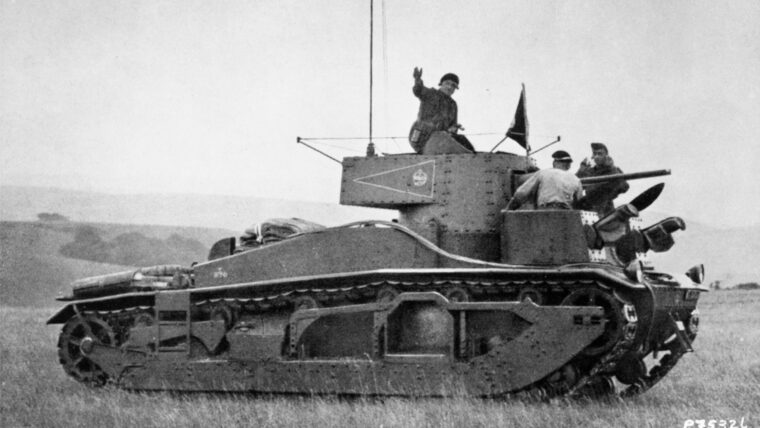
D-Day
An army that will be poised for victory requires élan, military intellect, a penchant for tactical and strategic innovation, and the zeal to use the most qualified individuals for training and leadership. Read more
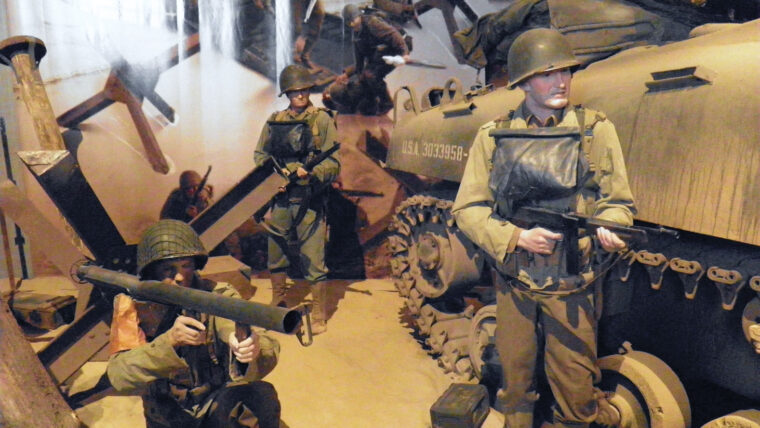
D-Day
There is such a treasure trove of fine military museums in Normandy—perhaps more than anywhere else in the world—that we could devote an entire issue to nothing but them. Read more
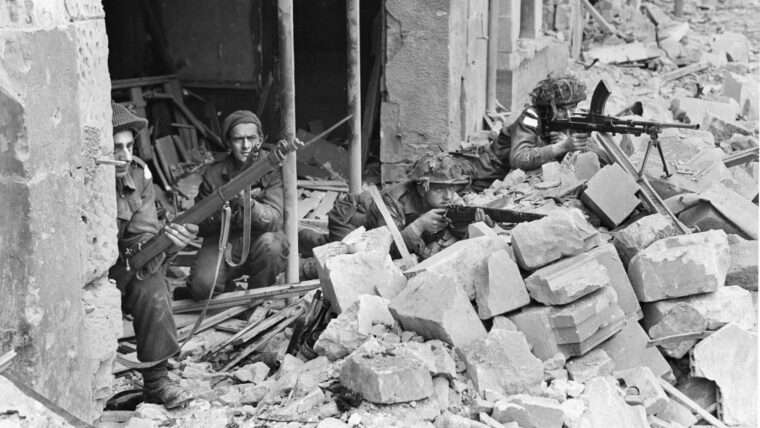
D-Day
As John Wesley Pointon jumped into the cold English Channel water with the Royal Canadian 7th Brigade Signal Corps and struggled with a heavy radio strapped to his back toward the beach that was being torn apart by shot and shell, the farm boy from Saskatchewan tried to make his mind go blank. Read more
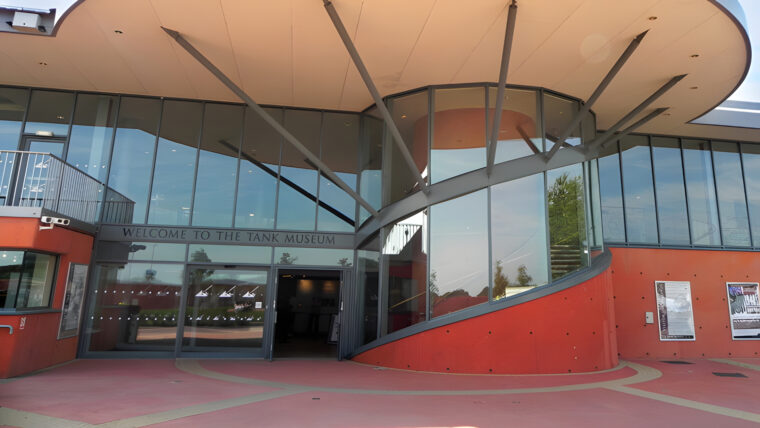
D-Day
If armored vehicles are your interest, the Tank Museum at Bovington Camp, Dorset, is your holy grail. This cavernous museum, measuring 50,000 square feet, holds the world’s finest and most comprehensive collection of over 250 armored vehicles from 26 countries. Read more
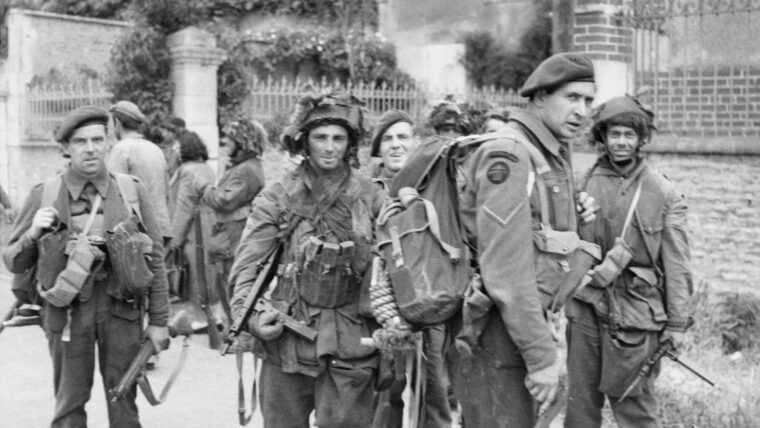
D-Day
After successfully fighting seasickness during the crossing of the English Channel, Lance-Corporal Ted Brooks of Number 48 (Royal Marine) Commando arrived on Nan Red Beach—which formed the left flank of Juno Beach—on the morning of June 6, 1944. Read more
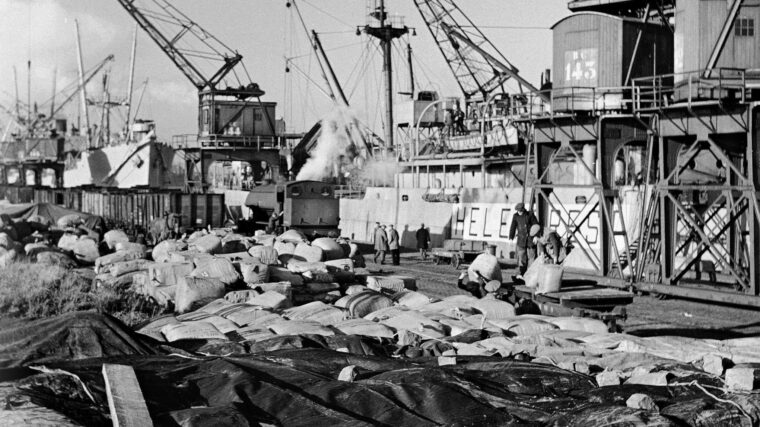
D-Day
After the war in Europe was won, General Dwight D. Eisenhower had many opportunities to review various campaigns with the leaders of the Soviet Army–– including even Joseph Stalin himself. Read more